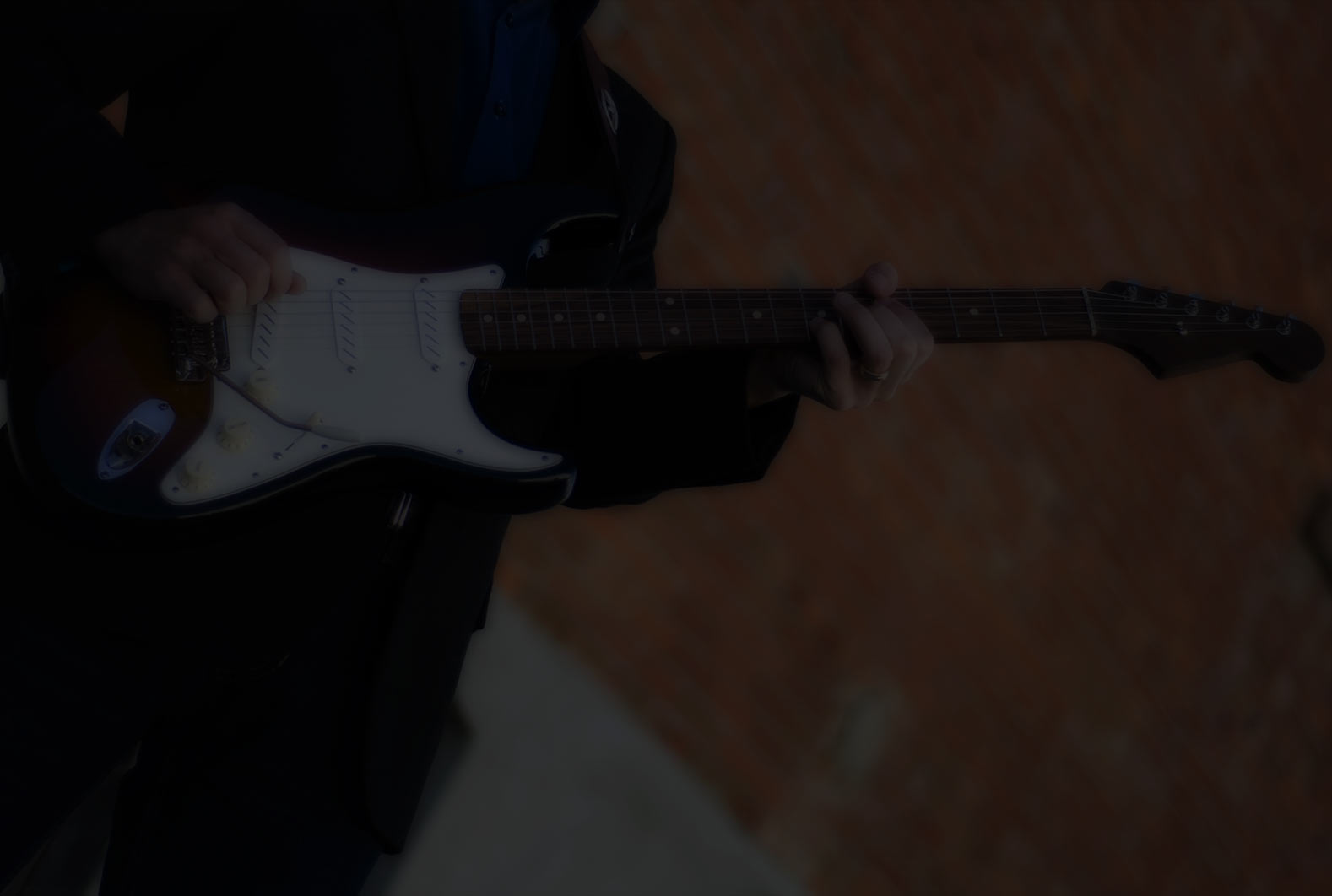E Major Blues Solo
Major Blues? What’s that? Well, it’s a blues where you use the Major Pentatonic instead of the Minor Pentatonic. What’s the difference and which one should you use? Read on.
Let’s take a look at a major sounding blues solo. It’s not as common, because the sound we hear most often in blues is the minor pentatonic played over a Dominant 7 chord. Wait, what? Can you use the major pentatonic over a blues? YES, you can, but there are caveats to be aware of. The most glaring issue is when you use the major pentatonic over the I chord, and then the band goes to the IV chord. If you use that “I chord” major pentatonic over the IV, you may be in for an unpleasant surprise. You can do it if you know how to navigate the intervals in that scale, but you must know the following.
Here is the general rule: avoid playing the I chord’s major 3rd when the track goes to the IV chord. The reason is because there will be an awful note clash, and your crystal glasses may explode as a result, or the milk in the fridge may go sour.
Let’s look at an example. The E7 chord’s major 3rd is G#. The IV chord, A7, has its root note A, obviously. A7 also has G as a chord tone (the 7th in the chord).
What is the result? Well, the result is that G# is in between two chord tones for A7. It’s really the worst possible note you could play for that chord, I think! It’s just so wrong and punishingly bad, that you may get arrested with no chance of parole.
Now, let’s see how I use the Major Pentatonic for playing over an 8 bar blues. For the 2nd last lick, I decided to go into minor pentatonic land, because too much major in blues ends up sounding way too happy, to my ears. The last lick is just basically using chord tones for E7 (scale would be E Mixolydian).
I hope this makes sense – feel free to ask on the forum if you need clarification!
E Major Blues Solo E Major Blues Solo – Soundslice

